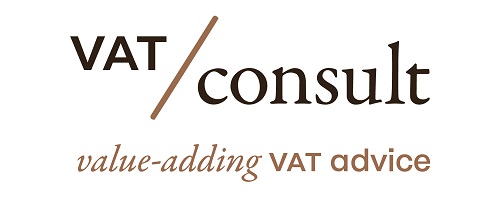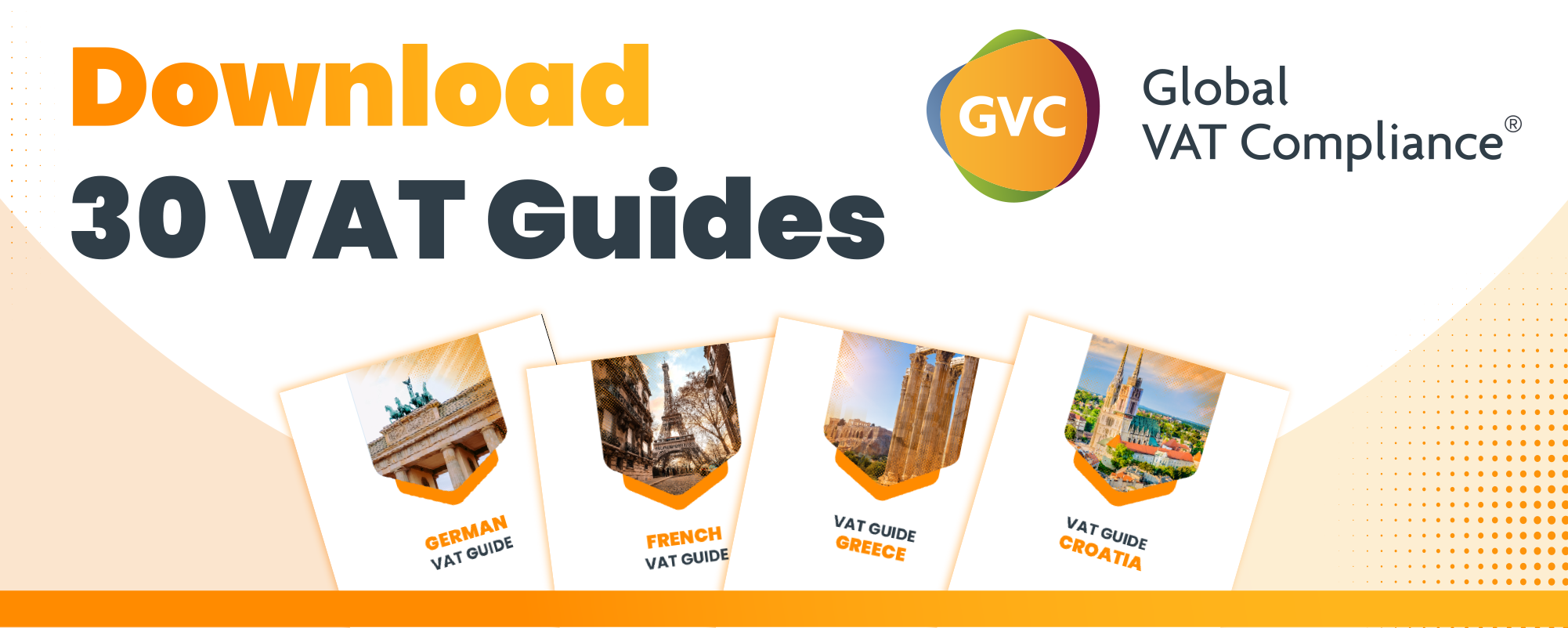Briefing Document: EU VAT and Business Transfers – Interpretation of Article 19 of Directive 2006/112/CE
I. Executive Summary
This briefing document summarises the key themes and important legal principles derived from the Court of Justice of the European Union (CJEU) ruling in W. sp. z o.o. v. Dyrektor Izby Administracji Skarbowej w Łodzi (Case C-729/21), concerning the interpretation of Article 19 of Directive 2006/112/CE (the VAT Directive). The ruling clarifies crucial aspects of VAT exemption for business transfers, distinguishing them from taxable supplies of goods. It addresses the nature of the “continuation of the person of the transferor” clause and the scope of assets required for a transfer to be considered a “totality of assets or part thereof.” The judgment aims to enhance legal certainty for taxpayers and facilitate business transfers across Member States by avoiding unnecessary upfront VAT burdens.
II. Core Legal Framework
The core of this ruling revolves around the application and interpretation of Article 19, first paragraph, of Directive 2006/112/CE. This article states that “Member States may consider that, at the time of the transfer, for consideration or free of charge or as a contribution to a company, of a totality of assets or part thereof, no supply of goods has taken place and that the transferee continues the person of the transferor.”
Related EU law includes Article 2(1) of Directive 2006/112/CE, which defines operations subject to VAT, primarily the “supplies of goods effected for consideration on the territory of a Member State by a taxable person acting as such.”
Polish law, as the national transposition, includes:
- Article 6(1) of the Polish VAT Law, which states that “The provisions of the law do not apply…to operations involving the transfer of an undertaking or an organised establishment of an undertaking.” This is Poland’s attempt to transpose Article 19.
- Article 2(27e) of the Polish VAT Law, defining “organised establishment of an undertaking” as “a set of tangible and intangible assets, including liabilities, which, within an existing undertaking, are organisationally and financially separated and allocated to the performance of specific economic activities, and could constitute an independent undertaking autonomously performing these activities.”
- Article 551 of the Civil Code, which broadly defines an “undertaking” as an organised set of tangible and intangible elements dedicated to an economic activity.
III. Factual Background of the Dispute (W. sp. z o.o. case)
The case originated from a dispute between W. sp. z o.o. (the purchaser) and the Polish tax authority (Dyrektor Izby Administracji Skarbowej w Łodzi) concerning the VAT treatment of a shopping centre acquisition.
- The Transaction: W. acquired a shopping centre, including the land, building, related accessories, constructions, existing lease contracts for commercial premises, and intellectual property rights for the centre’s operation and websites.
- W.’s Post-Acquisition Actions: W. continued operating the shopping centre, entering new contracts with service providers and engaging a new manager, as it did not acquire the seller’s staff or existing management/insurance contracts.
- Parties’ Initial Stance: Both W. and the seller initially treated the transaction as a “supply of goods for consideration,” opting for VAT imposition (despite property sales often being exempt) to allow W. to deduct input VAT.
- Tax Authority’s Rejection: The tax authority denied W.’s right to deduct VAT, arguing that the transaction was a “transfer of an entire undertaking or, at least, an organised establishment thereof.” Under Article 6(1) of Polish VAT Law, such operations are exempt from VAT, meaning no input VAT deduction was permissible for W.
- Lower Court Confirmation: The Polish administrative court upheld the tax authority’s position, characterising the transaction as a “transfer of an organised establishment of an undertaking,” which is not subject to VAT.
- Appeal and Preliminary Reference: W. appealed to the Polish Supreme Administrative Court, which then referred two key questions to the CJEU for a preliminary ruling.
IV. Key Questions Referred to the CJEU
The Polish Supreme Administrative Court sought clarification on two main issues:
- “Continuation of the Person of the Transferor” as a Condition: Whether EU VAT law permits a national provision (like Polish Article 6(1)) to exempt the transfer of an organised establishment of an undertaking from VAT without making it conditional on “the transferee continues the person of the transferor,” as mentioned in Article 19 of the Directive.
- Scope of Transferred Elements for Exemption: If such an exemption is allowed, must all elements of the transferor’s organised establishment be transferred for the operation to be VAT-exempt? Specifically, does the non-transfer of certain elements (e.g., insurance and management contracts) automatically mean it is a taxable supply of goods?
V. CJEU’s Reasoning and Ruling
The CJEU issued its ruling by a reasoned order (ordonnance), indicating that the answers could be clearly deduced from existing jurisprudence.
A. On the First Question (Continuation of the Person of the Transferor)
- Interpretation of “Totality of Assets or Part Thereof”: The CJEU reiterated its established interpretation that this concept “covers the transfer of a business or an autonomous part of a business, comprising tangible and intangible elements that together constitute an undertaking or part of an undertaking capable of pursuing an autonomous economic activity, but that it does not cover the mere transfer of goods, such as the sale of a stock of products.”
- Nature of “Continuation of the Person of the Transferor”: Crucially, the Court clarified that the phrase “the beneficiary continues the person of the transferor” in Article 19 “is not a condition of its application, but a consequence of the fact that no supply is deemed to have occurred.” This interpretation aligns with the objective of Article 19, which is “to allow Member States to facilitate transfers of businesses or parts of businesses, by simplifying them and by avoiding an undue tax burden on the transferee that he would, in any event, have recovered later by deduction of input VAT.”
- Conclusion on First Question: Article 19, first paragraph, of Directive 2006/112 “does not oppose a national provision which provides that the ‘transfer of a totality of assets or part thereof’ is not subject to VAT, without making its applicability subject to a condition that the beneficiary continues the person of the transferor.”
B. On the Second Question (Scope of Transferred Elements)
- Defining “Autonomous Economic Activity”: For a transfer to fall under the concept of “totality of assets or part thereof,” “the transferred elements must be sufficient to allow the continuation of an autonomous economic activity.”
- Global Assessment of Factual Circumstances: This determination requires a “global assessment of the factual circumstances characterising the operation in question.” Particular importance should be given to “the nature of the economic activity whose continuation is envisaged.”
- Transferee’s Intention: The transferee’s intention to exploit the business, rather than merely liquidate it, is also a relevant factor, provided it is “supported by objective evidence.”
- Specifics of the Case: The Court noted that in the main proceedings, even without the transfer of some intangible elements (like certain management and insurance contracts), the tangible and intangible elements acquired by W. allowed it “to continue the exploitation of this shopping centre.”
- Role of National Court: It remains the responsibility of the national court “to determine, taking into account all the circumstances in which the operation in question in the main proceedings took place, whether it should be qualified as a ‘transfer… of a totality of assets or part thereof’.”
- Conclusion on Second Question: Article 19, first paragraph, of Directive 2006/112 “is to be interpreted as meaning that the concept of ‘transfer of a totality of assets or part thereof’ includes the transfer of a part of an undertaking, even if not all tangible and intangible elements constituting it have been transferred to the acquirer, provided that the set of elements transferred is sufficient to enable that undertaking to pursue an autonomous economic activity.”
VI. Significance of the Ruling
This ruling provides critical clarification on the application of Article 19 of the VAT Directive, contributing to greater “legal certainty” for taxpayers and tax authorities alike.
- Flexibility for Member States: It confirms that Member States have flexibility in transposing Article 19, as the “continuation of the person of the transferor” is a consequence of the exemption, not a mandatory condition. This means national laws need not explicitly include this condition for the exemption to apply.
- Clarity on Scope of Business Transfers: The ruling clarifies that a transfer does not need to include every single asset of a business to qualify for VAT exemption. The crucial test is whether the transferred elements collectively enable the continuation of an autonomous economic activity. This helps distinguish between a non-taxable business transfer and a taxable supply of individual assets.
- Emphasis on Functional Autonomy: The focus is firmly on the functional autonomy of the transferred entity. If the acquired assets (tangible and intangible) are sufficient to allow the purchaser to operate the business independently, it can qualify for the exemption, even if some elements, like specific contracts or personnel, are not transferred.
- Guidance for National Courts: The judgment explicitly places the responsibility on national courts to undertake a “global assessment of the factual circumstances” to determine if a transaction meets the criteria for a “transmission of a totality of assets or part thereof.” This ensures a case-by-case evaluation based on the specific nature of the business and the intention behind the transfer.
See also
- ECJ C-729/21 (Dyrektor Izby Administracji Skarbowej w Łodzi)- Order – Sale of real estate can be considered as a Transfer of Going Concern – VATupdate
- Roadtrip through ECJ Cases – Focus on ”Transfer of Going Concern” (Art.19 EU VAT Directive) – VATupdate
- Join the Linkedin Group on ECJ/CJEU/General Court VAT Cases, click HERE
- VATupdate.com – Your FREE source of information on ECJ VAT Cases
Latest Posts in "European Union"
- ECJ Customs C-307/23 (G GmbH) – AG Opinion – EU-Designed Label Templates Must Be Included in Customs Value as Container Costs
- Questions to ECJ – Quick Fixes Under Scrutiny: Is an EU VAT ID a Substantive Requirement for Zero-Rating?
- Briefing document & Podcast: ECJ VAT C-622/23 (RHTB) – VAT Implications in Work Contract Cancellations
- New GC VAT Case: C-689/25 (British Company) – No details known yet
- Comments on ECJ Case C-726/23 (Arcomet) – ECJ clarifies VAT rules for Transfer Pricing adjustments in intragroup transactions














